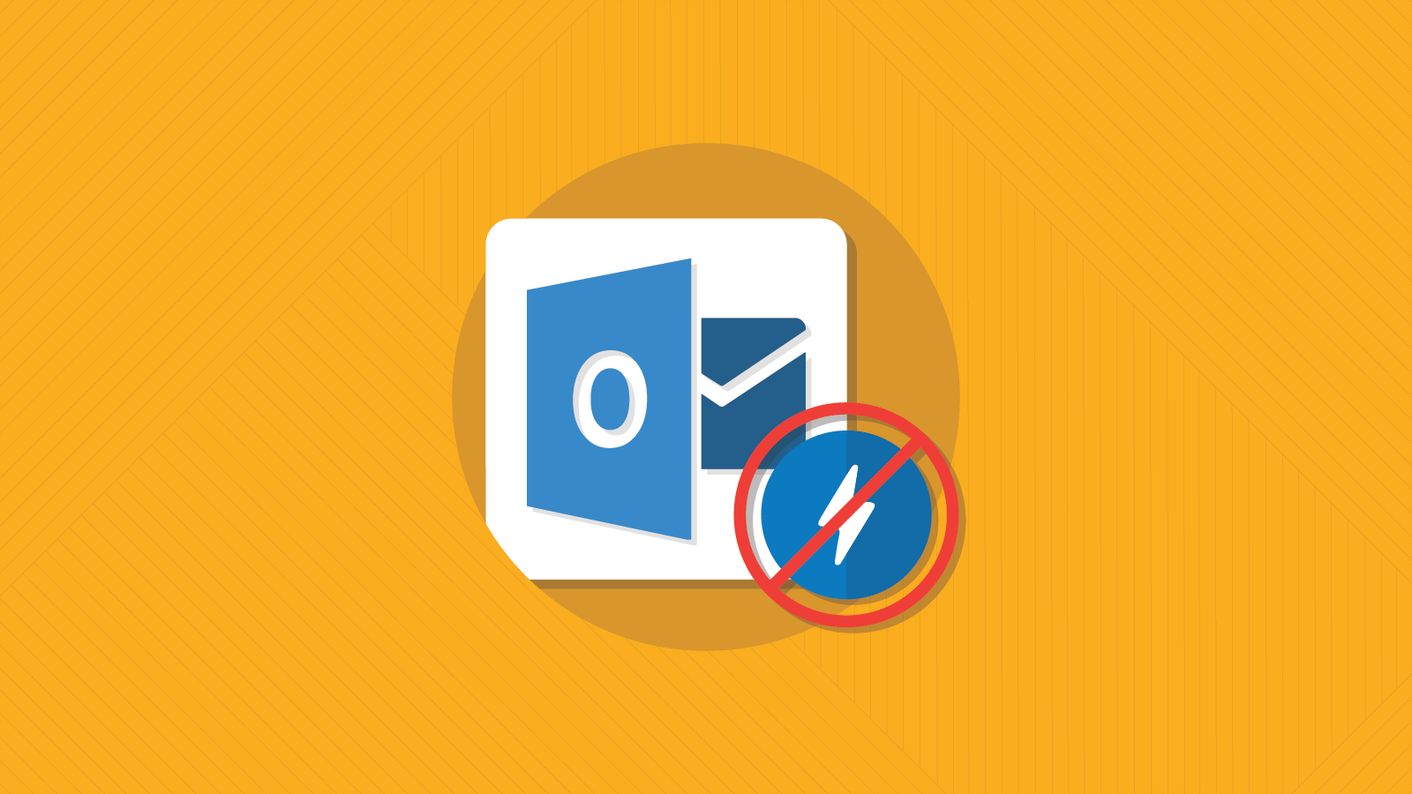Industry News
Outlook is Turning Off AMP for Email | What’s Next?

Industry News

It’s been touted as one of the next big leaps in the evolution of email marketing. But now, Microsoft has indicated it will stop supporting AMP for Email completely – starting in October.
The news came in an update on Microsoft’s Tech Community forum. A thread from product marketing manager Aimee Sudeck, which a year ago announced the availability of developer preview for AMP emails, was edited with new information:
Update (September 9th, 2020): Today we are announcing that, based on the results and feedback we received, the developer preview of AMP for Email will end on October 1st.
It went on to explain that AMP for Email would then be turned off in Outlook.com, meaning any emails using AMP features would render using regular HTML instead. The note also suggested developers start using Actionable Messages in Outlook as a potential alternative.
So is Outlook abandoning AMP in order to push developers toward Actionable Messages? Maybe. While Actionable Messages offers some similar functionalities, it really only works for Outlook-to-Outlook correspondences. That makes it much more of an internal communication tool than an email marketing solution.
Did Outlook ever truly offer full support AMP for Email? The truth is, it was only supporting developer preview and looking for the community to evaluate the platform.
It’s still unclear what sort of feedback Outlook received about AMP and exactly why the tech giant is choosing to stop supporting the effort. The announcement does, however, have many in the email community wondering … “Is this the beginning of the end of AMP for Email?”
AMP, which stands for Accelerated Mobile Pages, is a Google-led open source framework designed to provide a faster mobile user experience. It strips a web page down to its basics, only rendering elements that are relevant to mobile users.
AMP for Email was first announced in 2018, three years after the main project began. The promise was and continues to be, that AMP can bring impressive interactive functionality to emails. That could include dynamic design aspects like adding carousels and accordions as well as the ability to update content after an email is sent. It also allows recipients to do things such as fill out forms, take surveys, and even make purchases without leaving the email.
A major benefit of AMP for Email is that developers don’t need to use third-party JavaScript to make those functionalities work. Find out more about the pros and cons of AMP for Email in an article we published shortly after it launched.
At first, support for emails using AMP was somewhat lackluster. When it was officially released in March of 2019, AMP emails could only be viewed in Gmail on a web browser. As of late 2019, AMP was working in the Gmail app for both iOS and Android. Slowly but surely, more email clients and ESPs started adopting the technology, including Outlook.
Of course, that was then, and this is now. Could AMP fade away due to a lack of adoption?
First, we should state the obvious. Outlook’s reputation for correctly displaying images precedes itself. The client is known for giving email developers a hard time. It’s quite possible that Microsoft is throwing in the towel on AMP for Email because of its own limitations.
Then again, AMP for Email certainly presents its fair share of challenges. If developers want to use AMP in emails, they first need to learn a new coding language, and that learning curve can be steep. Then, because many clients still don’t support AMP functionality, they still need to create fallback versions in regular HTML.
Keep in mind that AMP for Email isn’t the only way to insert interactivity into email marketing. For example, Moveable Ink and Liveclicker offer solutions for building highly visual, dynamic emails.
AMP for Email does have some good things going for it:
However, as we all know, being a Google product is no guarantee for longevity. Just look to Google Reader, iGoogle, Google+, and others in the “Google Graveyard” for proof of that. If AMP for Email is failing, there’s a good chance Google will bail.
The good news for developers is that this decision from Microsoft won’t impact your work since you were already creating two versions if you were using AMP. The question email teams need to ask is if focusing on AMP is worth the effort.
Whether the end of Outlook’s support for AMP emails is a harbinger of things to come or not, we don’t think interactive emails with dynamic content are going anywhere.
There’s research showing interactive content may lead to twice as many conversions as passive content, while Demand Gen Report found 92% of B2B buyers prefer consuming interactive visual content.
If it’s that powerful, why wouldn’t you try to introduce interactive elements into email marketing? Email is an important channel, and it’s certainly worth investing in the future. But, if you’re going to spend the time, resources, and budget on building dynamic emails, you’ll want to make sure they work exactly as you imagine.
That’s why testing and optimizing every email you send should be a top priority. Email on Acid is dedicated to remaining on the cutting edge of the industry. Our email readiness platform is designed to be a trusted tool for building and sending perfect emails every time.